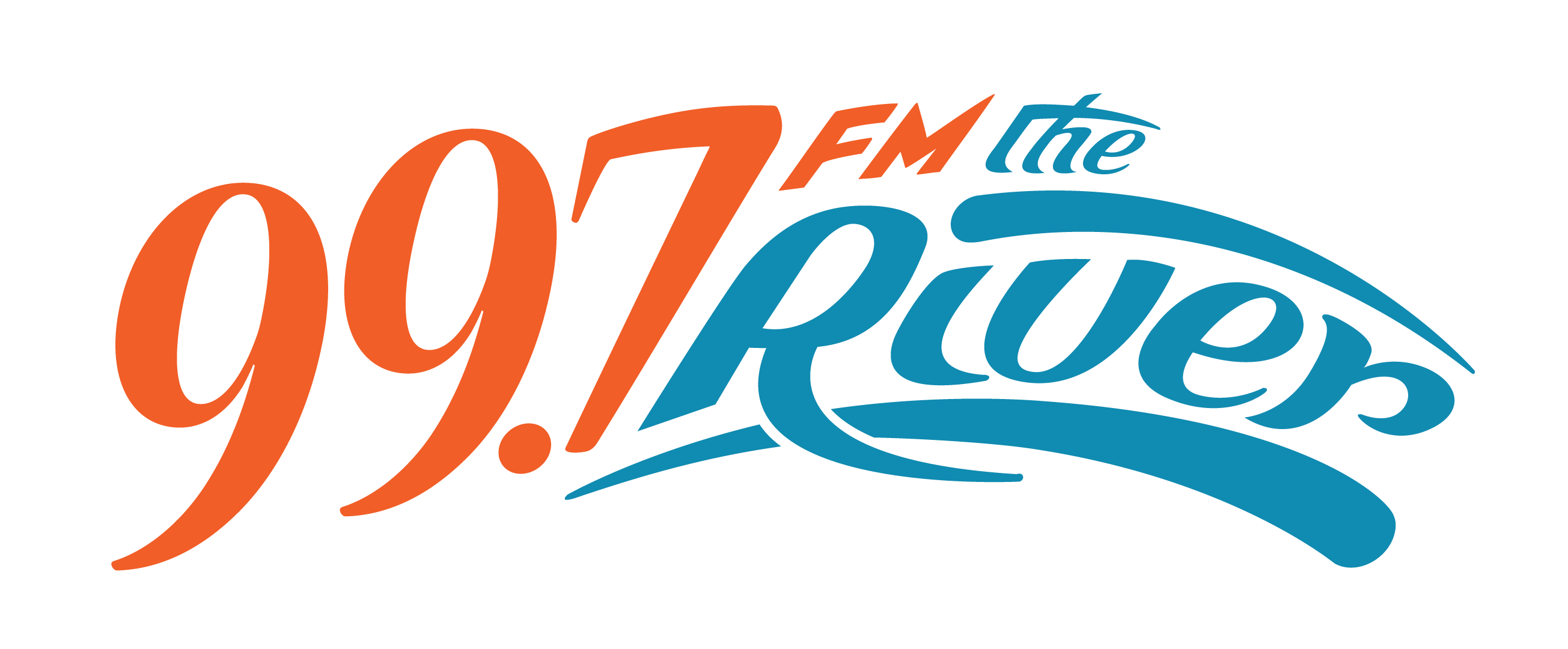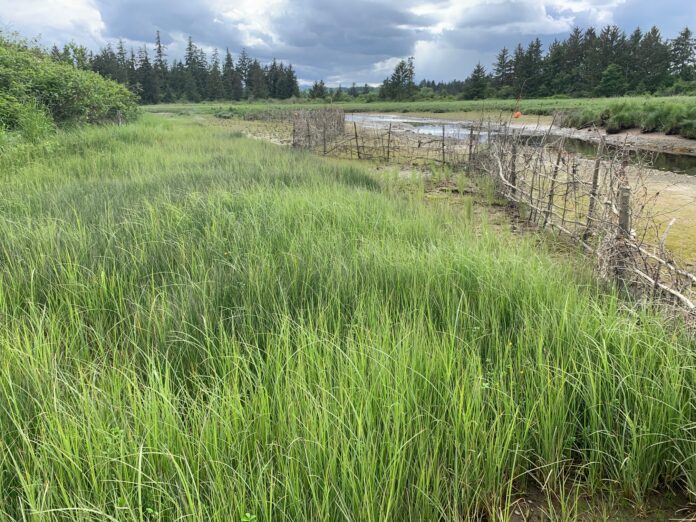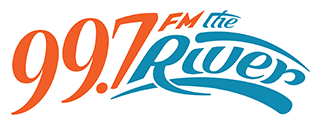Annual funding from City Council has been approved for the restoration of the Campbell River estuary.
$5,000 will be provided by the city to the Guardians of Mid-Island Estuaries and Wei Wai Kum First Nation to cover annual operating costs for the next four years.
The two groups along with the city are working to return the estuary to a more natural area. The project is aiming to rebuild and return the estuary to its original fish and wildlife habitat after depredation by geese that were moved to the area for hunting and other purposes.
Executive director Tim Clermont said fish and game clubs and the provincial government brought the geese to the area in the 1980s.
They stayed because of the abundance of food. He added that the geese don’t leave between mid-June and July because of the moulting season, eating a lot of the plants that are important to the salmon habitat and other species.
“They love the eelgrass at low tide and they love eating carex in the high tide zone,” said Clermont. “They’ve been eating about 4 kilograms, in pounds that’s 10 pounds. They eat 10 per cent of their body weight a day, that’s minimum.”
Clermont said there were around 1,400 geese in the area in 2016, eating all the eelgrass and carex sedge, causing many problems for salmon habitat and flood prevention. He said with climate change, the erosion caused by the loss of plants creates a higher risk for floods and water damage.
“I saw firsthand that the Canada geese were completely destroying a lot of the important habitats in our estuaries,” said Clermont.
The organization began planting sedge plugs (around six-inch plugs like golf holes) and protecting them with enclosures about three years ago. They said the sedge grew back quickly with that method.
They are now working with the Wei Wai Kum First Nation Guardian Program, protecting the estuary and allowing the sedge to regrow. They’re now about 3 years into a six-year project.
“It’s critical habitat for the juvenile salmon and the estuary food web,” added Clermont. “The carex dies back every year, provides nutrients and secures carbon into the soil.”
The project is also creating important relationships with local governments and First Nations. Mid-Island Estuaries works with the Wei Wai Kum First Nation.
“We’re going to teach the Guardians how to locate nests and how to properly addle their eggs and collect the data,” said Clermont.
Clermont says the two groups learn from each other, and teaching the next generation is something Clermont feels privileged to do.
“It means everything. It’s my reason for still working to be able to do that,” he said. “I think it’s just tremendous that they have their own guardian program and that they want to protect the estuary and they want to get hands-on.”
“What I really like to see is the pride that they have in doing this work and seeing that they’re actually bringing back the estuary, and at no fault of their own.”
Clermont says the funding will be used over the next few years to work on an egg-addling program and purchase more carex to transplant into the area to rebuild the land.
He says some of the funding will also be given to the Wei Wai Kum for their labour.
The Mid-Island Estuaries has been working with many other First Nations up and down the Island on similar projects.
The City of Campbell River says the estuaries improve tourism opportunities and capacities. Environmental Specialist for the city Terry Martin says it’s critical to keep partnerships and build a well-connected community.
“They’re absolutely critical, every year I see an improvement not only with the depth of the partnerships but also with the amount of people participating,” said Martin. “It’s important when people are out recreating in these areas as they see these projects going forward.”





